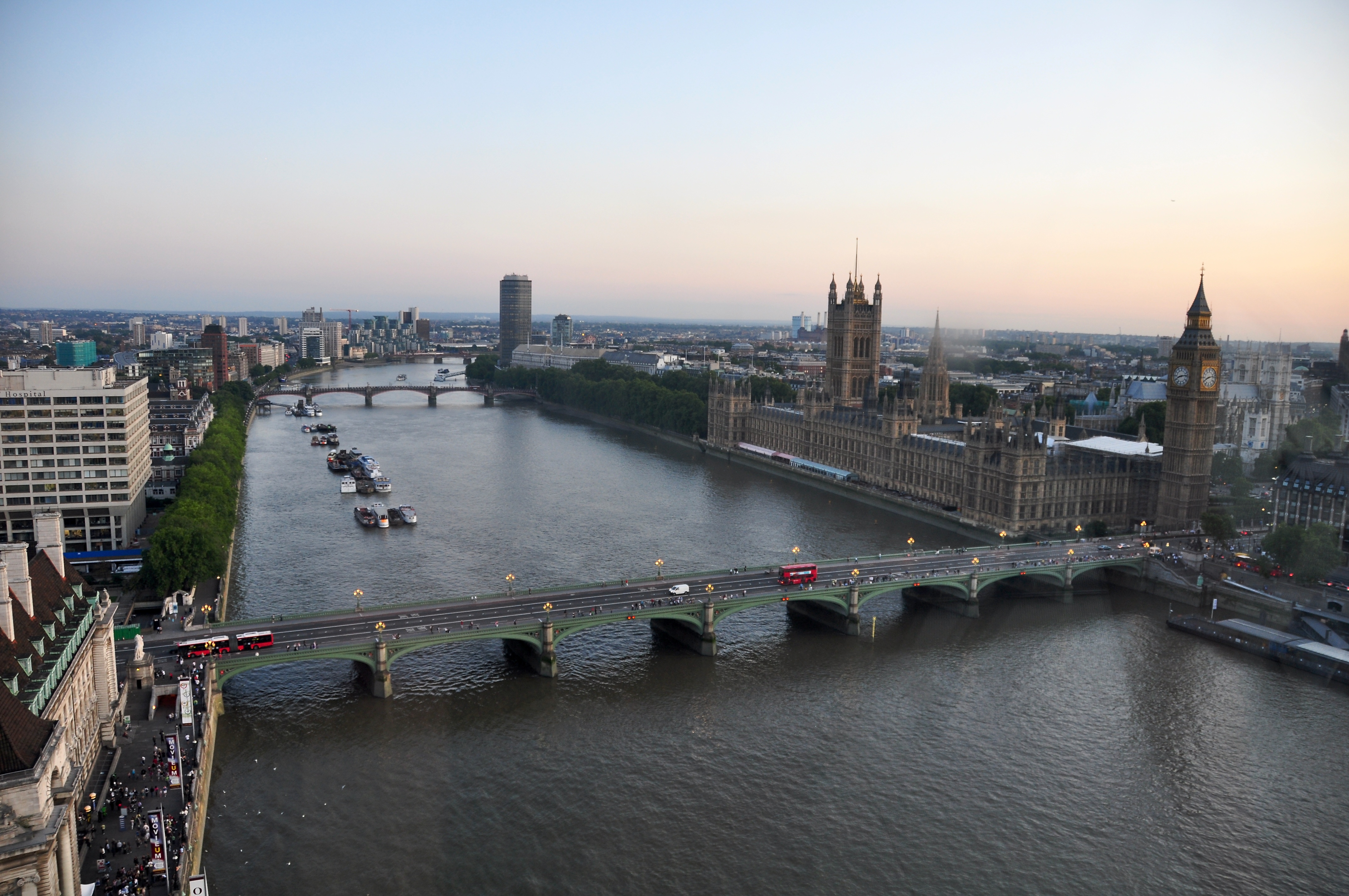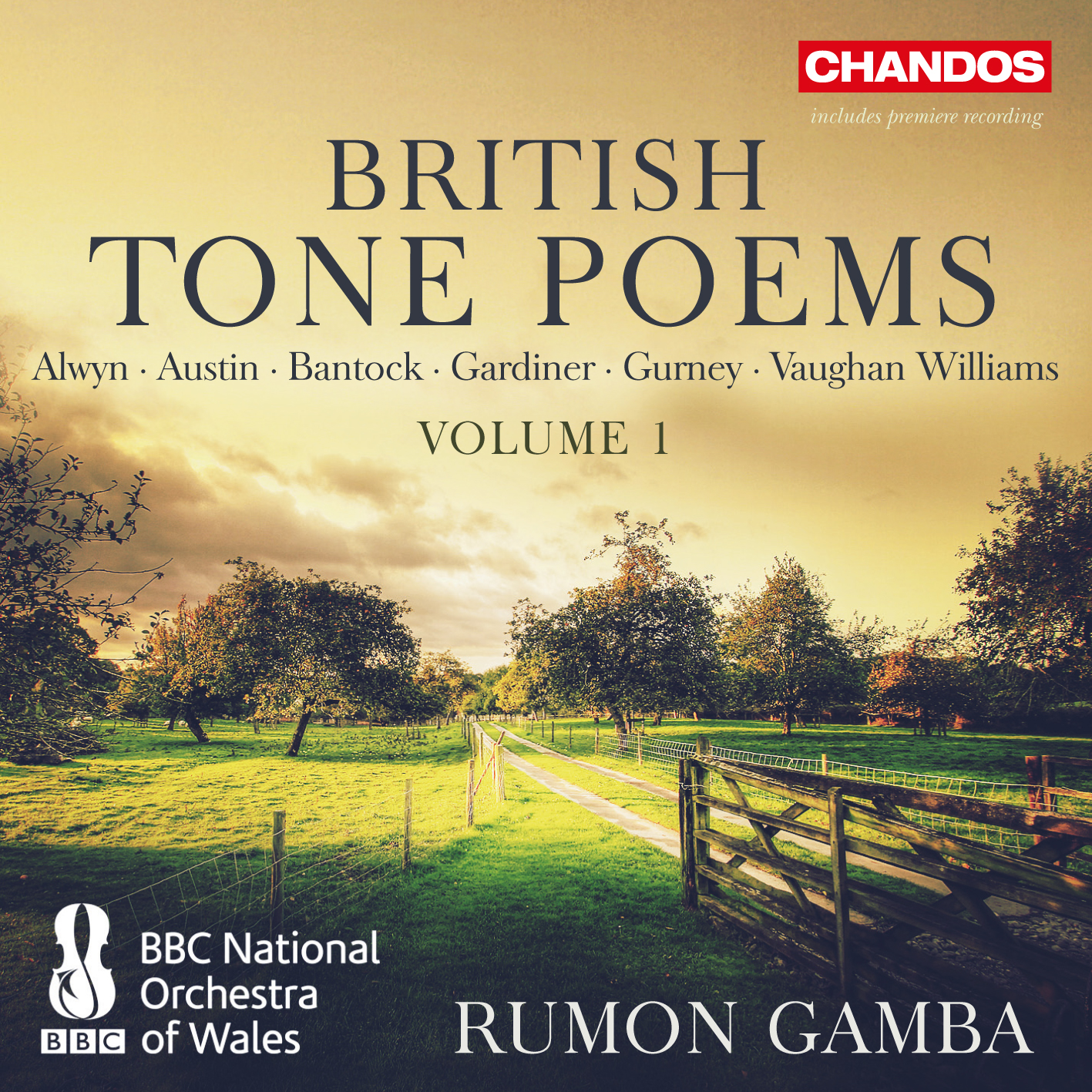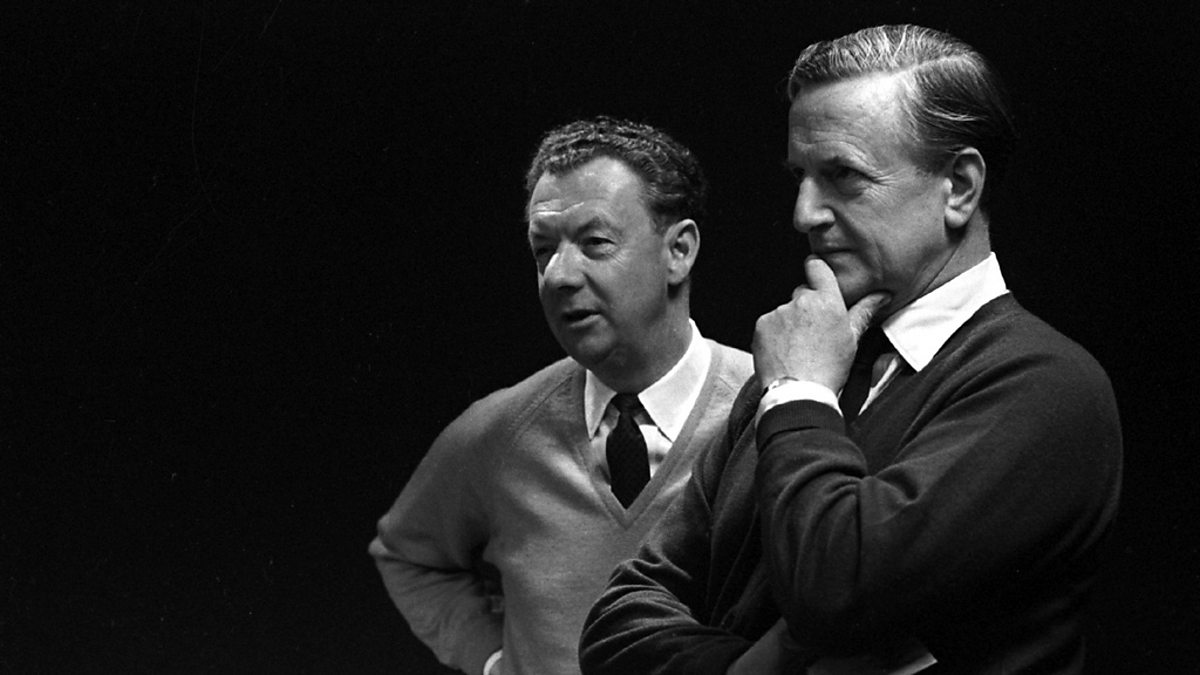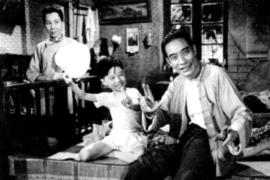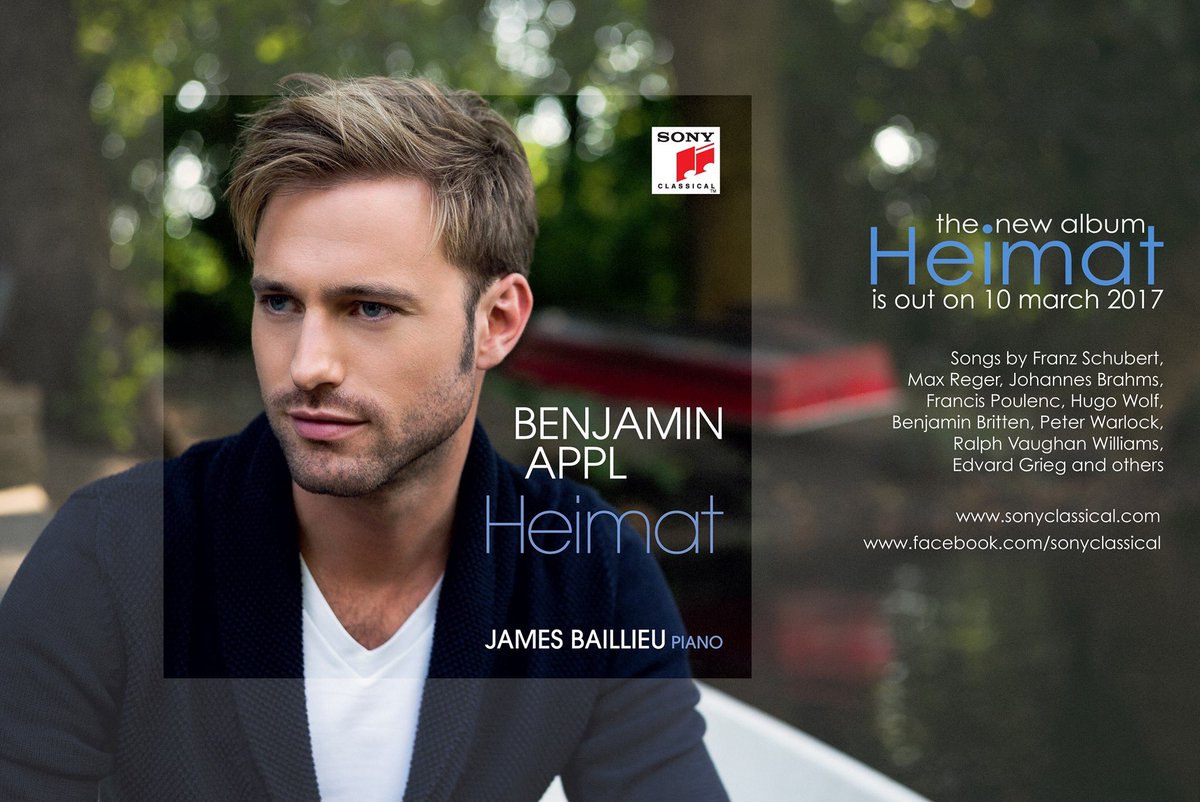| François-Xavier Roth -photo Marco Borrgreve |
Mahler's Symphony no 1 is Mahler's "calling card" announcing his arrival as symphonist. It is idiosyncratic, supporting such a wide range of responses that it's a good test of a conductor. With the London Symphony Orchestra, François-Xavier Roth revealed its exuberant inventiveness: a "calling card" presented with exuberant audacity, its inventiveness built on strong foundations. A lot lies in Roth himself. One of the clichés often repeated about Roth is that he's a baroque specialist but that in itself means nothing. Historically informed performance has nothing to do with instruments per se. What it really means is connecting to whatever makes any composer unique. Styles differ, but all forms stem from a basic source of creativity that springs from the human soul. Roth, who for many years led SWRO Baden Baden, with its Rosbaud, Gielen and Boulez connections, is also one of the finest conductors of modern music.
Although Mahler 1 is heard so often that it, too, can become cliché in the wrong hands, his performance made it feel fresh and invigorating, perhaps even as Mahler might have hoped. The woodwind chords in the introduction always draw attention, and rightly so, but this time I was drawn to the low rumble around them, and the multiple rustlings, for this is the rich source from which the symphony will flow. Thus the trumpets are heard from a distance: their time will come. The exuberant theme (Ging heut's Morgen übers Feld) filled out with expansive verve, as if the orchestra were opening its lungs and taking in the clean air of a morning hike. As the theme repeats it developed into full stride, so confident that it almost resembled dance. For what is dance but the expression of physical movement in sound? Dancers move in ensemble, interacting with each other, supporting one another: a metaphor for the way a good orchestra operates. Here, Roth's background with baroque paid dividends. Please read my article on French style and modern music here. The more intricate the steps, the greater the need to observe clear lines, or the kinetic energy is lost. Thus the confidence of this performance, where the Ging Heut exuberance was balanced by the mysterious, "grounded" interlude and exuberant climax.
Roth's sense of physicality animated the second movement particularly well, so the Ländler character was defined and strongly rhythmic. Earthy, rich basses and celli, horns and strings dancing along en fête. Just as in the first movement, the pattern of exuberance-mystery- climax repeats, like the figures in well choreographed dance. I loved the sassy, wayward brass! A march is also a form of movement to sound. Thus the "Huntsman's Funeral" proceeds at a solemn pace. But might Mahler just be suggesting that something is awry? Would the animals mourn the man who kills them? Or are they acting out a macabre joke? The winds leapt capriciously, and the bassoons piped, perhaps a hint that, in life, all might not be what it seems. Through this performance, Roth and the LSO drew tantalizing links between Mahler's First and Seventh Symphonies, where meaning is deliberately occluded by "nightmare waltzes"of the Nachtmusiks. Again, an insight on Roth's part, for Mahler's work is so cohesive that the performance of any single symphony is enhanced by awareness of other parts of the whole.
Thus, too, the sudden, shattering climax, and its similarity to the Rondo-Finale of the Seventh. In the First, though, Mahler has more to say, reflecting on gentler, lyrical passage. But notice - the sharp woodwind calls and the rumbling undergrowth at the beginning of the symphony emerge again, and echoes of the Ging Heut' theme, before the even more explosive "second coming" with its triumphant brass chorale " And he shall reign, for ever and evermore". Years ago when I mentioned this quotation, I got knocked down for blasphemy but it does fit the concept of continual renewal - resurrection - that runs through Mahler's whole output. It is egotistic but not delusional. There's too much warmth in Mahler for that. For similar reasons, I don't think we should dismiss the title "Titan" altogether though it's not echt Mahler. The composer and his audiences knew Greek mythology so well that they knew who the Titans were - weird inbred prototypes who killled their fathers (Oedipus avant la lettre) but were too stupid to consolidate Eventually, they were wiped out by proper Gods. Thinking of Mahler's First in those terms might be wry observation.
Some conductors take the marking Stürmisch bewegt, mit größter Vehemenz marking so literally that the symphony becomes a Triumph of the Will tantrum, which may be exciting, but almost certainly doesn't fit what we now know of Mahler, the man and his other music. The LSO horns stood upright along the back of the Barbican Hall platform, a nice theatrical touch which enhanced impact. It also works musically, since the sound carries over the orchestra, upwards towards the roof of the auditorium. Heavenwards, towards distant horizons, nine more symphonies to come.
Please also read numerous other posts on Roth, the LSO, Mahler etc on this site



